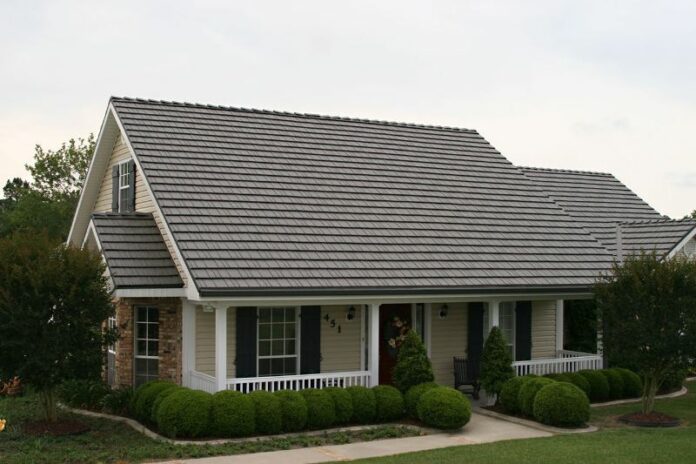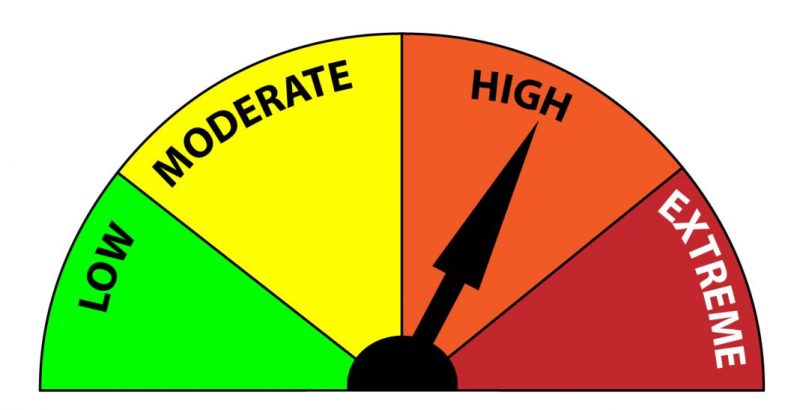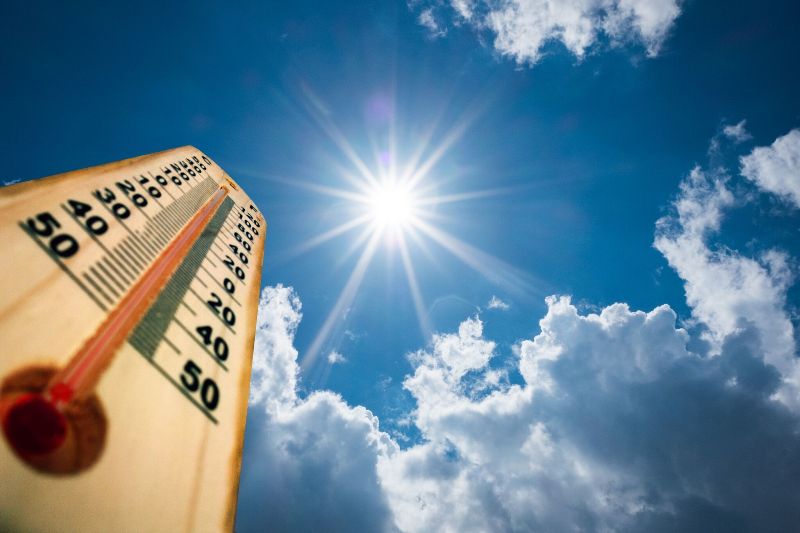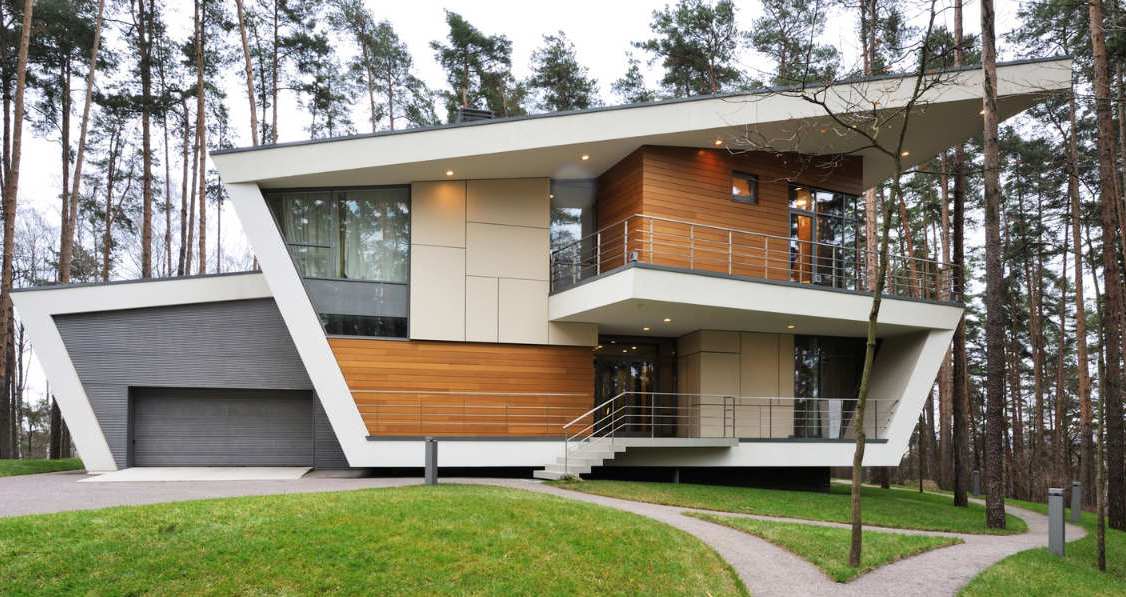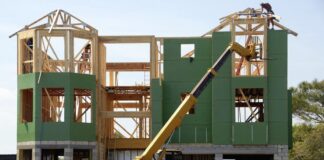Have a roof restoration performed is a lot less expensive than a complete roof replacement. However, this means you will have to do periodic repair and maintenance on your roof and prevent the roof of your house from deteriorating to such an extent that it eventually will necessitate a full replacement. To determine which roof coating would be best suited for your roof, these factors must be taken into account.
Fire-Rating
The desired roof restoration system must attain the fire-rating of your present roof assembly. If the roof restoration system does not possess the appropriate approval rating together with your existing roof membrane, the resulting roof will not comply with code, which can pose severe implications.
Compatibility
One of the main things to think about is how compatible the roof restoration system is with your current roof membrane. Some solvent-based products may have adverse effects on your present roof assembly, while in other instances, a specific coating may not be best for long-term reliability. Assessing your existing roof membrane for compatibility with the new coating can instantly narrow down your options.
Installed Cost
Most homeowners consider the costs involved as a priority. The cost must be compared against the expected life of your restoration, and the product warranty. For instance, aluminum is generally the least expensive application; however, silicone and acrylic usually have a more extended warranty. The present condition of the roof membrane could influence the installed cost, since preparation for the primary coating material is generally preceded by, surface leveling, repairing the existing membrane, as well as other detailing. A reputable tile roof restoration in Melbourne can give you recommendations about the best way forward.
Your Local Climate
The geographic location of your home can also help with determining the best roof restoration for your structure. In hot climates, for instance, a white coating can help protect your roof and offer substantial energy savings through reflecting UV rays. Silicone coating can extend the life of your roof due to its UV stability that allows the roof with losing less dry mil thickness every year. In colder climates, gray silicone or aluminum may be the best options, because heat absorption during cold months can offset the benefit of reflectivity in Summer. Also, consider other weather conditions that your roof may be subjected to. For instance, if you commonly experience hail in the area, you may want to select a higher impact-resistant restoration system like one which is surfaced with granules. A polyester fabric coating, which is reinforced with asphalt emulsion foundation, is another excellent way of adding strength and durability during restoration.
Heat Exposure
Consider the types of materials that your roof will be exposed to via the exhaust system of the building. This may include fats, chemicals and greases or oils. The appropriate roof restoration system can offer resistance to these elements as well as others.
Environmental Regulations
You must be familiar with the relevant state and local environmental regulations. In certain areas, cool roofs are mandated to lower drain on the power grid and help with reducing the “heat island effect.” In addition, if the building is odor-sensitive, for instance, a hospital or school, you will have to be mindful of low VOC prerequisites. Silicone coatings are an excellent choice for such situations since they are low VOC, and no chemicals or contaminants of concern are emitted. Water runoff is another vital factor since many coatings are not approved for allowing water to be collected safely for irrigation or drinking purposes.

